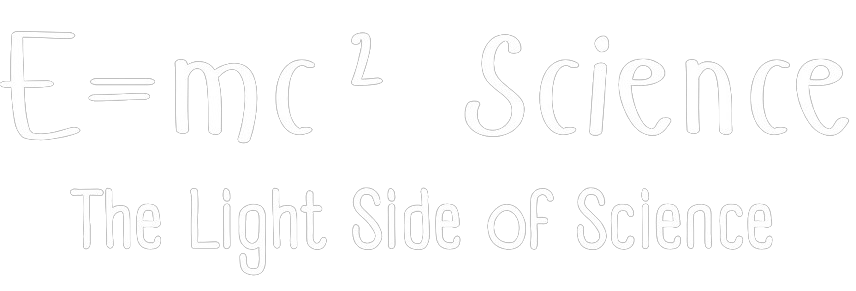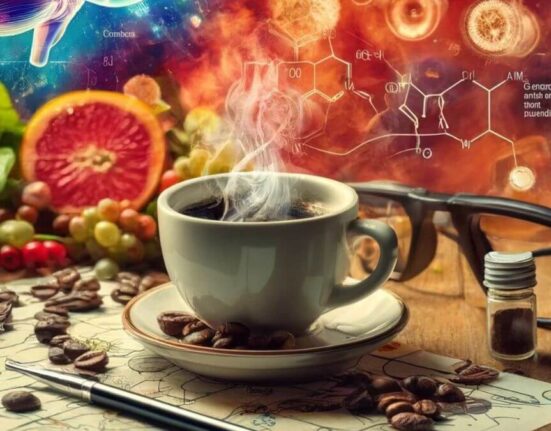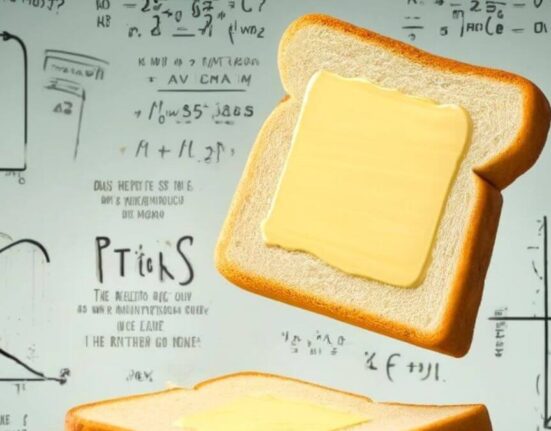Have you ever looked at the sky on a sunny day and wondered, “Why is the sky blue?” Sure, you might think this is something only curious children ask, but the truth is that the answer involves physics, a touch of scientific magic, and, of course, a bit of mystery. Let’s find out how it all works!
The Magic of Light Scattering
The blue color of the sky is caused by a phenomenon called Rayleigh scattering. When sunlight enters the atmosphere, it encounters gas molecules and tiny particles in the air. This encounter causes the light to scatter in all directions.
Colors like blue and violet have shorter waves and are scattered more than other colors. However, our eyes are more sensitive to blue, and violet light is mostly absorbed in the upper atmosphere, which means we don’t see much violet in the sky.
This phenomenon not only explains the color of the sky during the day but also why it seems to change at dawn and dusk. When the sun is low on the horizon, the light has to pass through a larger layer of the atmosphere, scattering more red and orange colors, creating those beautiful sunset tones.

Moreover, the intensity of the blue color can vary depending on atmospheric conditions. For example, in areas with a lot of pollution or particles in the air, Rayleigh scattering can be less efficient, resulting in a sky that may appear more whitish or even grayish.
The presence of humidity can also influence the color of the sky, adding nuances to the blue we observe. Thus, the science behind the blue sky is a fascinating combination of physics and environmental conditions, showing how nature uses light to enchant us daily.
The Science Behind the Blue
Sunlight looks white, but it’s actually made up of all the colors of the rainbow. When this light passes through the atmosphere, it bumps into gas molecules and tiny particles that scatter the light in all directions.
Colors with shorter waves, like blue and violet, scatter more than the longer waves, like red and yellow. Even though violet light scatters more, our eyes are more sensitive to blue, and the upper atmosphere absorbs most of the violet light, making the sky look blue.

Nussenzveig’s article, “The Theory of the Rainbow,” explains that sunlight does more than just scatter when it passes through the atmosphere. The light interacts with particles in complex ways, including interference and diffraction.
Interference happens when light waves meet and combine their energies, while diffraction occurs when light bends around tiny obstacles in the air. These effects enhance the scattering of shorter waves, making the blue sky even bluer.
How Particles Affect Sky Color
Larger particles and water droplets in the atmosphere also change how light scatters. This process, called Mie scattering, happens when the particles are about the same size as the wavelength of light.
Unlike Rayleigh scattering, Mie scattering doesn’t favor shorter waves, so the sky can look whiter or grayish, especially in polluted or humid areas. One of the coolest things is how the sky changes color at sunrise and sunset.
During these times, sunlight travels through a thicker layer of the atmosphere. This extra distance scatters more blue and violet light out of our sight, letting the reds and oranges take over, creating those amazing sunrise and sunset colors we all love.
The amount of particles in the air also affects the sky’s color. On polluted or humid days, Rayleigh scattering becomes less effective, making the sky look whiter or grayer. So, the blue sky beautifully blends physics and environmental conditions, showing us how nature uses light to create stunning views every day.
The Sky on Mars: Red?
While we’re on the topic of sky colors, did you know that the sky on Mars appears reddish? This happens because of the dust rich in iron oxide present in the Martian atmosphere, which scatters light differently than our Earth’s atmosphere.

During the day, this dust gives the Martian sky a yellowish to brownish hue. However, during sunrise and sunset, sunlight passes through a thicker layer of the Martian atmosphere, scattering more blue and green light and making the sky appear reddish.
This dust, primarily composed of iron oxide, is the same material that gives the Martian soil its characteristic red color.
Funny Curiosities
If dinosaurs had invented sunglasses, would they have chosen blue lenses to match the sky? And how about an alternate version of the famous song “Lucy in the Sky with Diamonds” called “Lucy in the Sky with Scattered Light”?
Shopping Tips
If you are fascinated by the science behind the blue sky, here are some product suggestions that can enrich your knowledge and enjoyment. These items are perfect for science enthusiasts, educators, and curious minds of all ages.
- 1. Crystal Prism for Light Scattering Experiments
A crystal prism is an excellent tool to understand light scattering at home. By placing the prism in a beam of sunlight, you can see the rainbow colors unfold, demonstrating how white light separates into different wavelengths.
- 2. Physics Experiment Kit for Kids and Adults
This kit includes various instruments to conduct physics experiments, including light scattering. It allows you to explore how light behaves when it passes through different materials, illustrating concepts like interference and diffraction in a practical and fun way.
- 3. LED Lamp that Simulates the Blue Sky
An LED lamp that simulates the blue sky can bring a touch of tranquility and beauty to any room. These lamps use light technology to create a visual effect that resembles the sky on a clear day, perfect for those who appreciate the beauty of the blue sky.
- 4. Astronomy Apps
Astronomy apps, like SkyView or Star Walk, can help explore the sky and learn more about atmospheric phenomena. These apps allow you to identify constellations, stars, and other celestial bodies, as well as provide information about the color of the sky and other phenomena.
- 5. Polarized Sunglasses
Polarized sunglasses not only protect your eyes from UV rays but also reduce glare and improve color perception. They are ideal for observing the sky in different light conditions, highlighting the nuances of blue on a clear day.
With these products, you can deepen your understanding of light scattering and appreciate the beauty of the blue sky even more. Enjoy exploring these items and bring a bit more science and wonder into your daily life.
Conclusion
So, the next time you look up at the sky and marvel at its blue color, remember the science behind this incredible phenomenon. Light scattering might seem like a magic trick, but it’s just another wonder of our amazing universe!
References
1.LUZ, M. P.; RIBEIRO, H. M.; DIAS, C. S.; MARQUES, F. F. “Light Scattering: Why is the Sky Blue?”. Brazilian Journal of Physics Teaching, vol. 34, no. 3, pp. 1-5, 2012. Available at: (scielo.br).
2. NUSSENZVEIG, H. Moyses. “The Theory of the Rainbow”. Scientific American, vol. 236, no. 4, April 1977, pp. 116-128. Available at: (jstor.org).
3.NASA – Mars Atmosphere: Mars Fact Sheet.
4. NASA/JPL Edu – Mars in a Minute: Is Mars Really Red?








